Spacecraft Prepares to Accompany Cruise Liner-Sized Asteroid During Near-Earth Encounter
In 1994, the Shoemaker-Levy 9 comet’s collision with Jupiter captivated astronomers and the public alike. This event sparked a crucial question: Could Earth face a similar threat?
Today, ESA’s Space Safety program is taking significant steps towards ensuring our planet’s safety.
The Rise of Planetary Defense
The Shoemaker-Levy 9 event led to a surge in interest in planetary defense. ESA’s latest mission, the Rapid Apophis Mission for Space Safety (Ramses), is a pivotal development in this field.
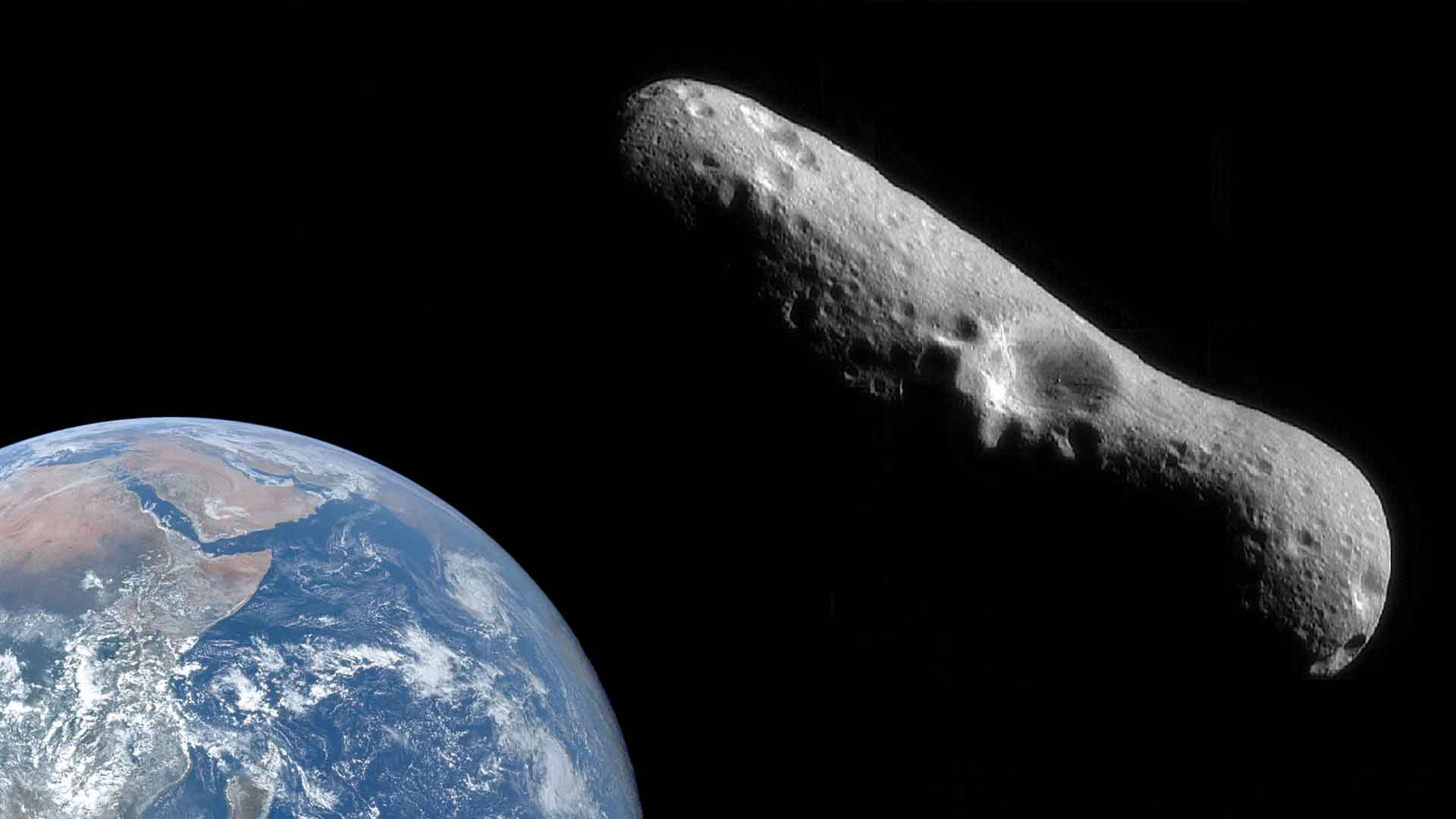
Source: NASA/Newsmakers; NASA/Apollo 17 crew/Wikipedia
Ramses aims to study the asteroid 99942 Apophis during its close flyby of Earth in 2029.
Meet Apophis: A Cruise Liner-Sized Asteroid
Apophis, an asteroid roughly the size of a cruise liner, measures about 375 meters across.
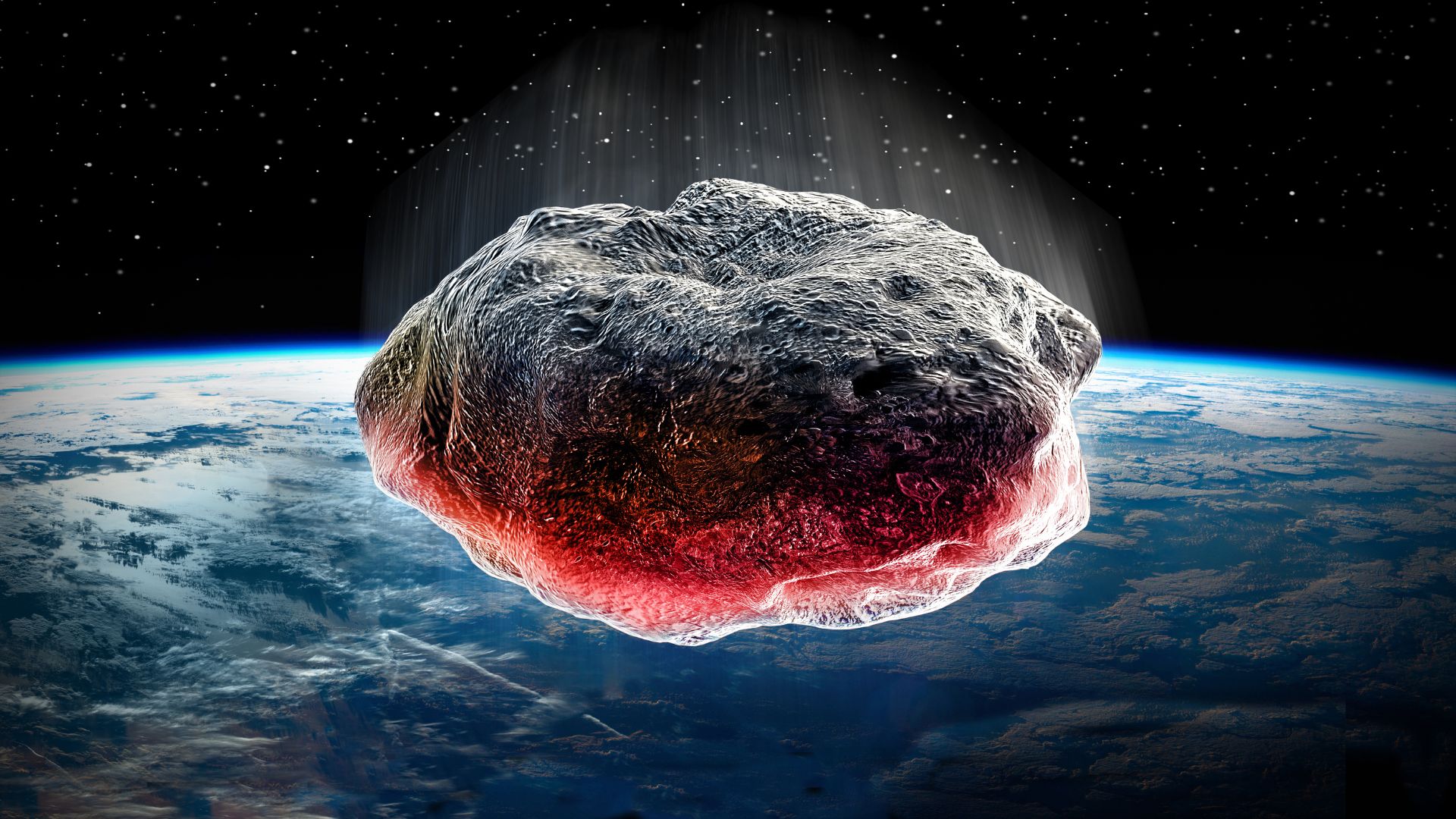
Source: Canva
On April 13, 2029, it will pass within 32,000 kilometers of Earth, making it visible to the naked eye for millions of people across Europe, Africa, and Asia.
A Rare Astronomical Phenomenon
Asteroids of Apophis’s size rarely come this close to Earth — only once every 5,000 to 10,000 years.
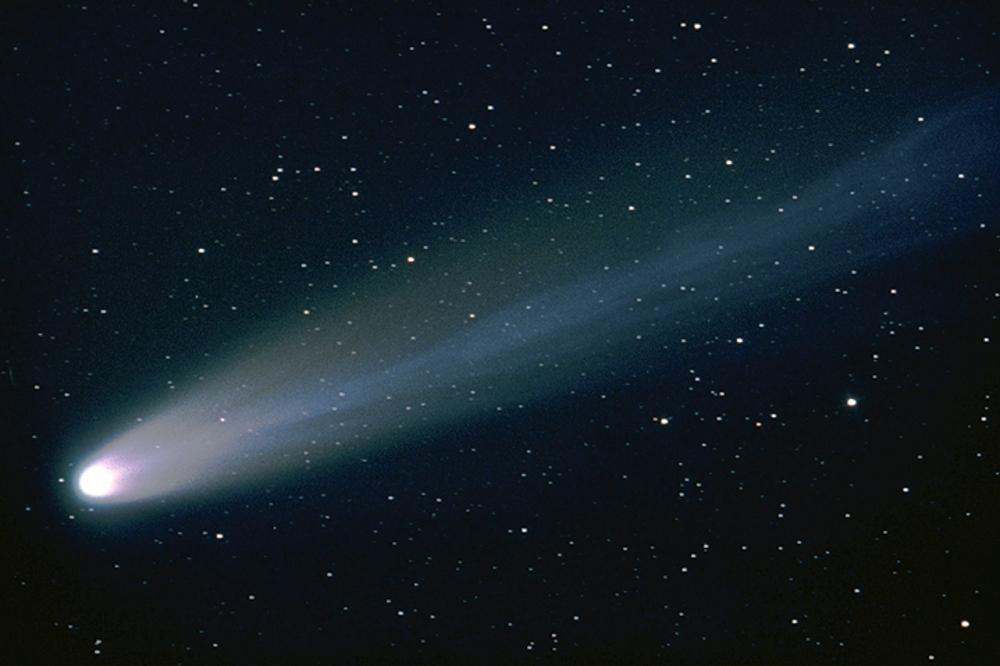
Source: Wikimedia
The near-Earth encounter offers a unique opportunity for scientific observation and public engagement, similar to witnessing a total solar eclipse or Halley’s Comet.
The Mission Plan for Ramses
Ramses will launch in April 2028, reaching Apophis by February 2029. The spacecraft will accompany the asteroid during its flyby, using a suite of scientific instruments to study its shape, surface, orbit, rotation, and more.
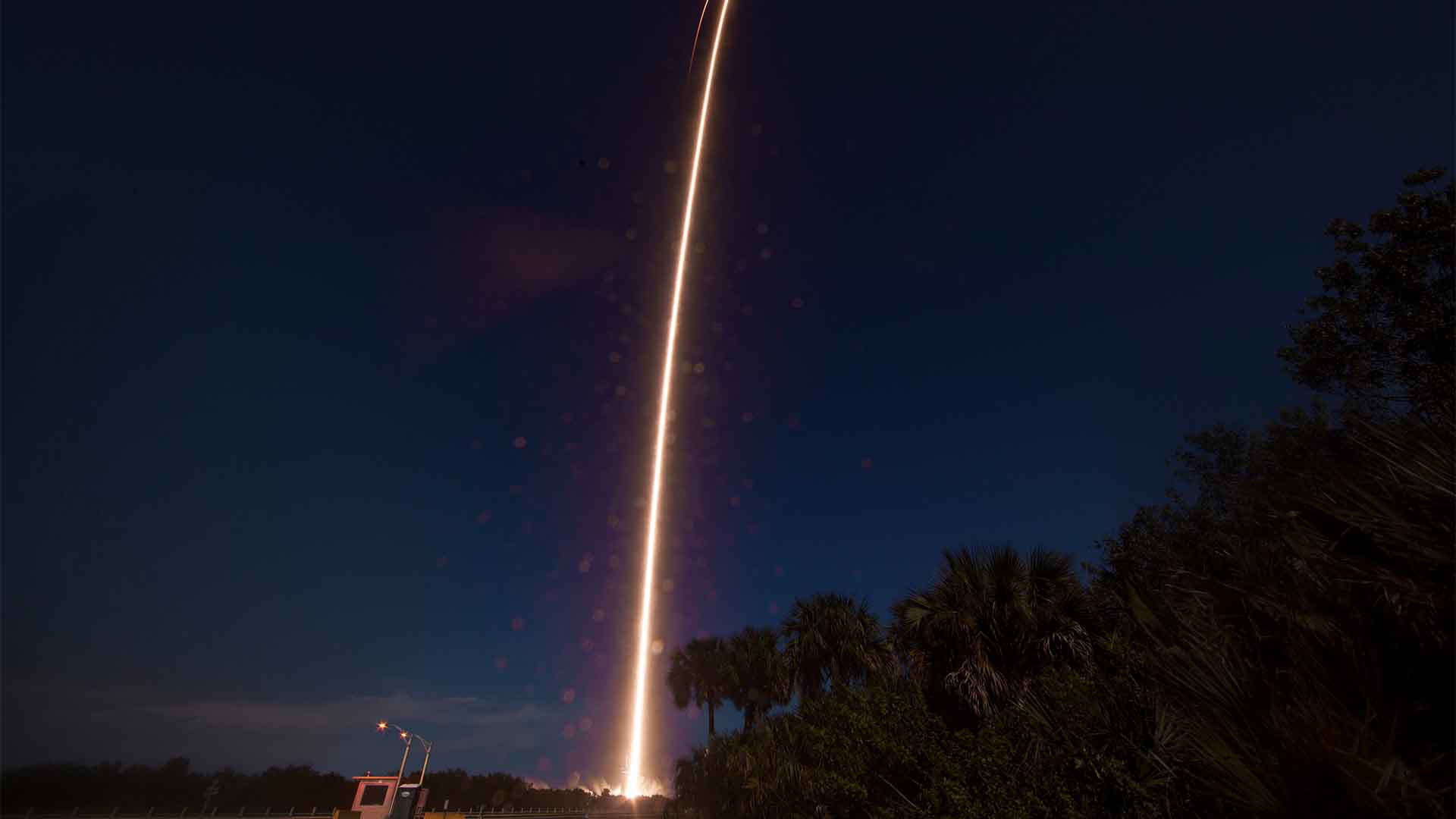
Source: Aubrey Gemignani/NASA via Getty Images
This mission is essential for improving our planetary defense capabilities.
Earth's Gravity and Apophis
Scientists are eager to observe how Earth’s gravity will affect Apophis.

Source: Alexander Gerst/ESA via Getty Images
Patrick Michel from Observatoire de la Côte d’Azur notes that the tidal forces might trigger landslides and other disturbances on the asteroid, revealing new material from beneath its surface.
International Collaboration with NASA
NASA’s OSIRIS-REx spacecraft, now renamed OSIRIS-APEX, will join the mission.
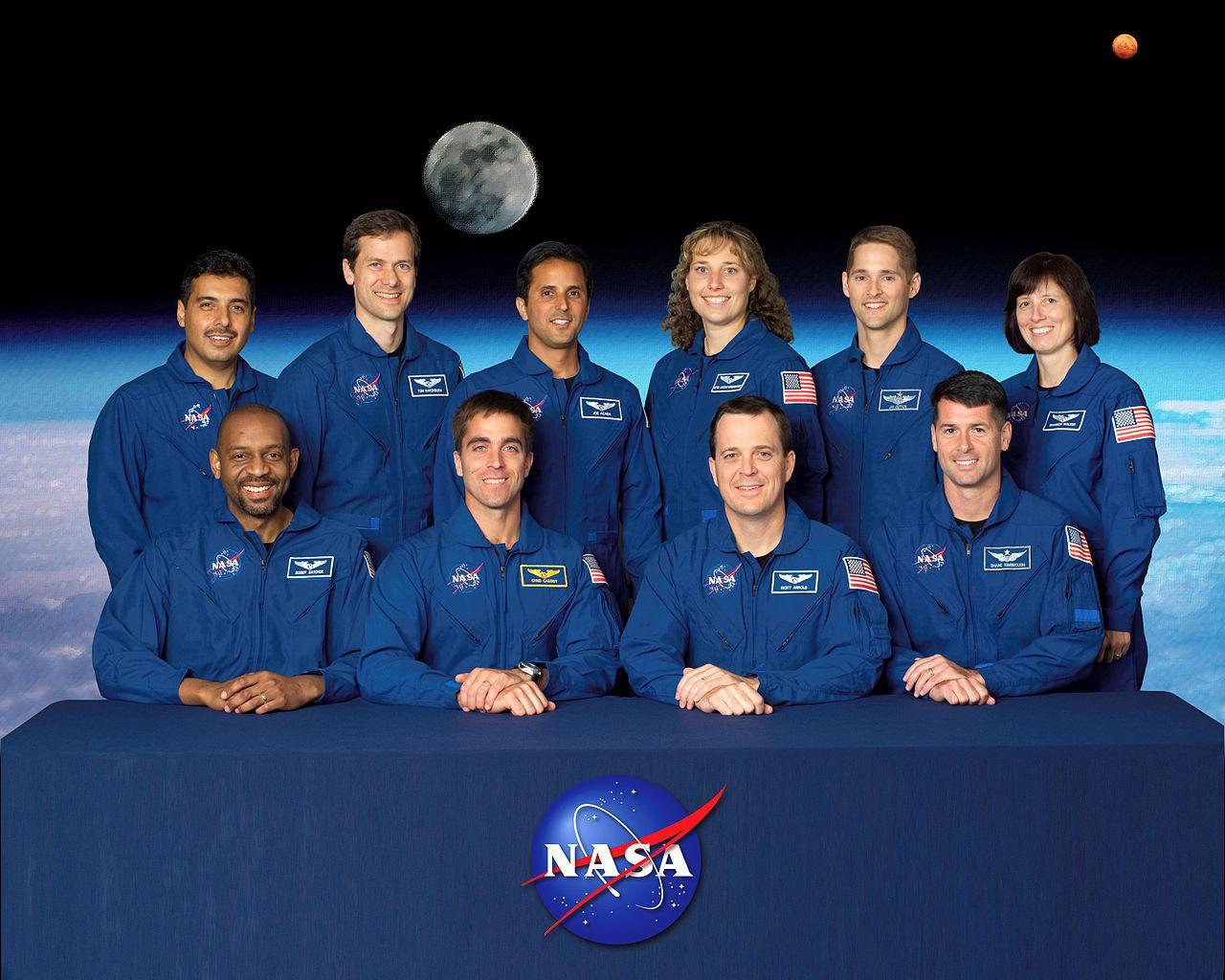
Source: Wikimedia
Arriving a month after Apophis’s flyby, OSIRIS-APEX will collaborate with Ramses to provide a detailed before-and-after analysis of the asteroid’s alterations due to Earth’s gravitational forces.
Learning from Nature's Experiment
As Michel explains, “For the first time ever, nature is bringing an asteroid to us and conducting the experiment itself. All we need to do is watch.”

Source: Wikimedia
This unique opportunity allows scientists to study asteroid dynamics without traveling deep into space.
The Role of Ramses in Planetary Defense
Richard Moissl, head of ESA’s Planetary Defence Office, emphasizes that Ramses will demonstrate our ability to quickly deploy reconnaissance missions.
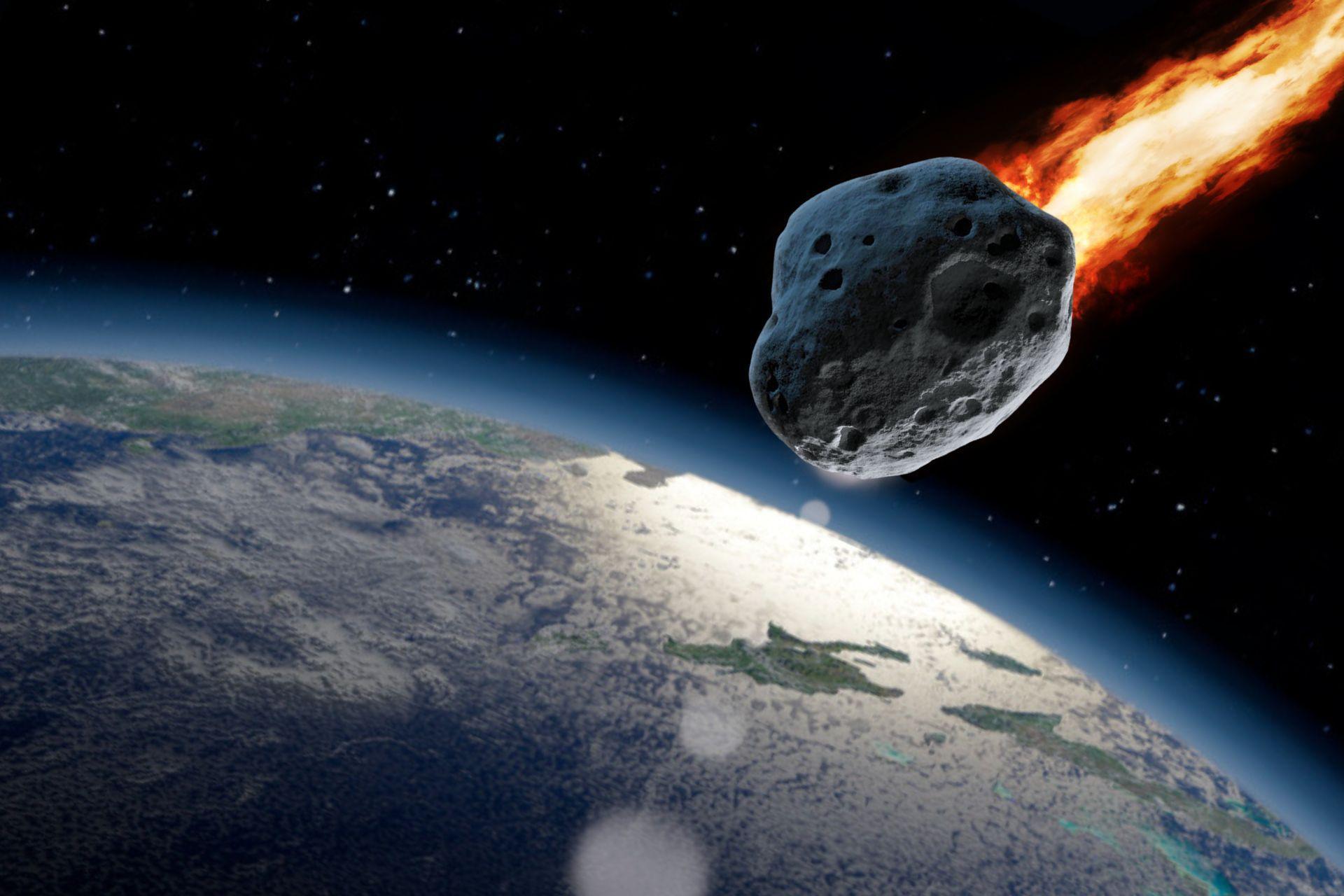
Source: Wikimedia/Wikimedia
This capability is crucial for assessing potential asteroid threats and determining the best course of action.
Reusing Proven Technology
Paolo Martino, leading ESA’s Ramses effort, highlights that the mission will leverage technology and expertise from the Hera mission.

Source: NOIRLab/NSF/AURA/J. da Silva/Spaceengine/Wikimedia Commons; NASA/Apollo 17 crew/Wikipedia
The approach ensures that ESA can meet strict deadlines and maximize the mission’s success.
The Future of Asteroid Research
By studying Apophis, scientists will gain insights into asteroid composition, structure, and behavior.

Source: Freepik
Obtaining this knowledge is vital for developing effective strategies to protect Earth from potential asteroid impacts in the future.
Engaging the Public in Space Science
The 2029 Apophis flyby is expected to capture the world’s attention, inspiring interest in space science and planetary defense.

Source: Wikimedia
The rare event offers an unparalleled opportunity for public engagement and education, highlighting the importance of protecting our planet from celestial threats.
